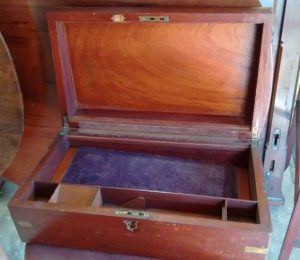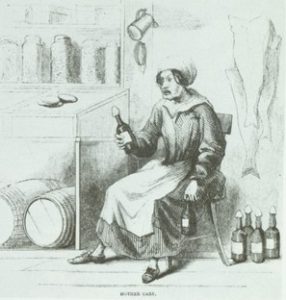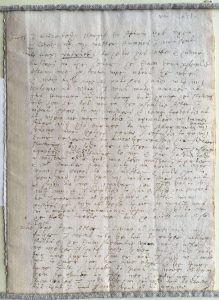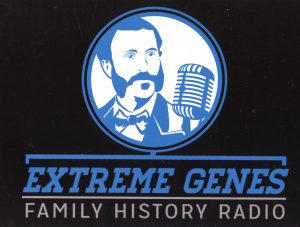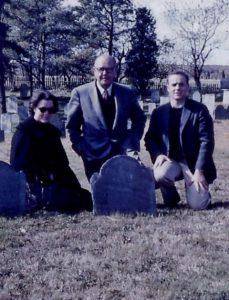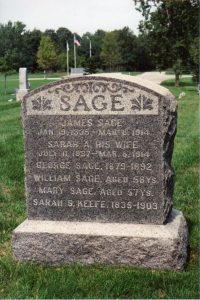 There is a family story that is slowly becoming legend as the generations pass. When the mood turns nostalgic and sentimental at family gatherings, someone will inevitably tell the story of the Sages and the train.
There is a family story that is slowly becoming legend as the generations pass. When the mood turns nostalgic and sentimental at family gatherings, someone will inevitably tell the story of the Sages and the train.
The story tells how my great-great-great-grandparents, James Sage and Sally Hastings, died at the same moment on 8 March 1914, when they were struck by a train in Libertyville, Illinois. They were returning home from visiting their son, who had just dropped them off at the station. As the train arrived, they attempted to cross the tracks to the far platform, but did not succeed. It is not surprising that they were unable to make it quickly across the tracks, for they were elderly, 79 and 77. It is also not surprising that they attempted it, too, as James Sage had been foolish around a train at least once before, losing a foot some years earlier, also in a train accident. Continue reading Even unto death

